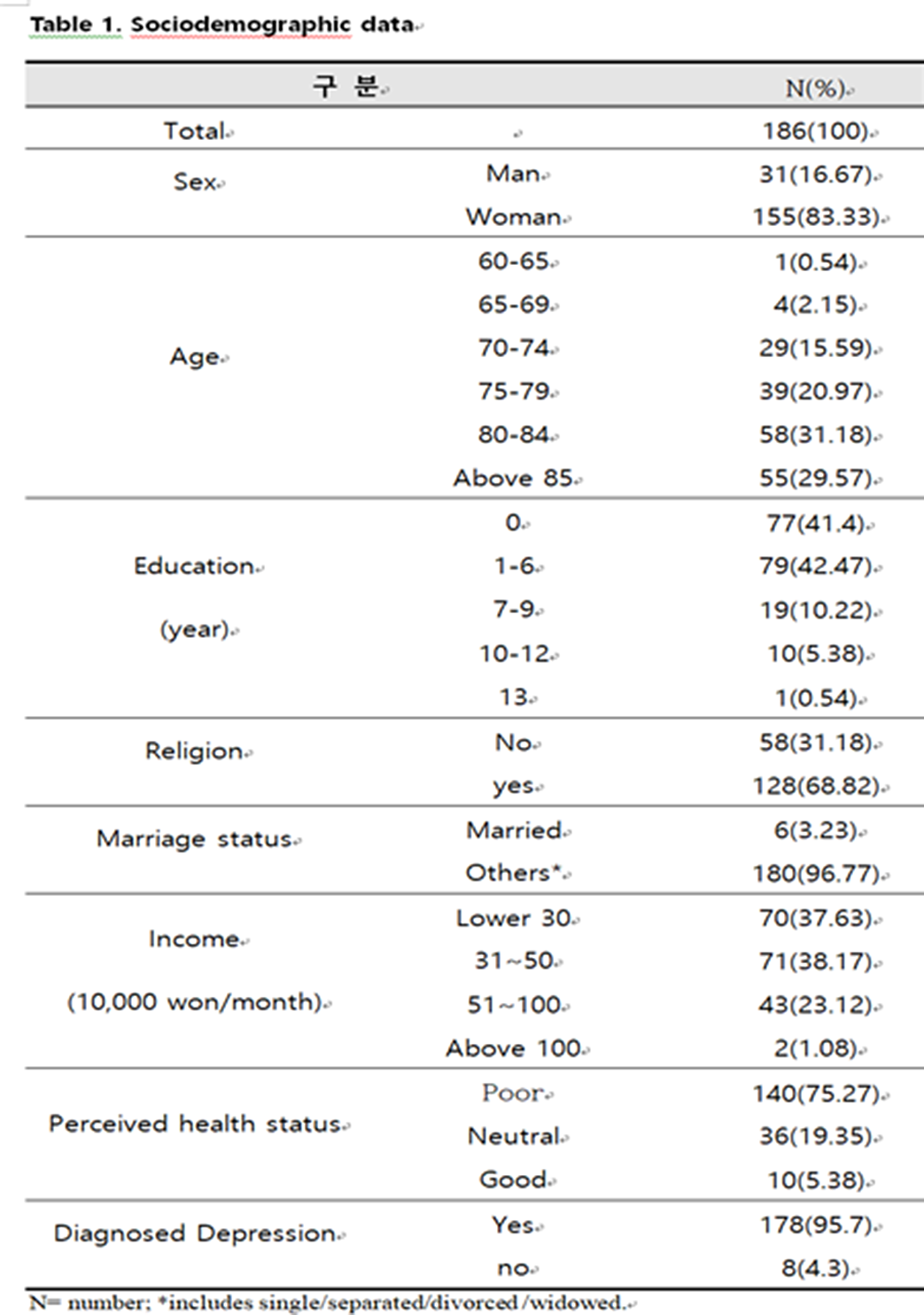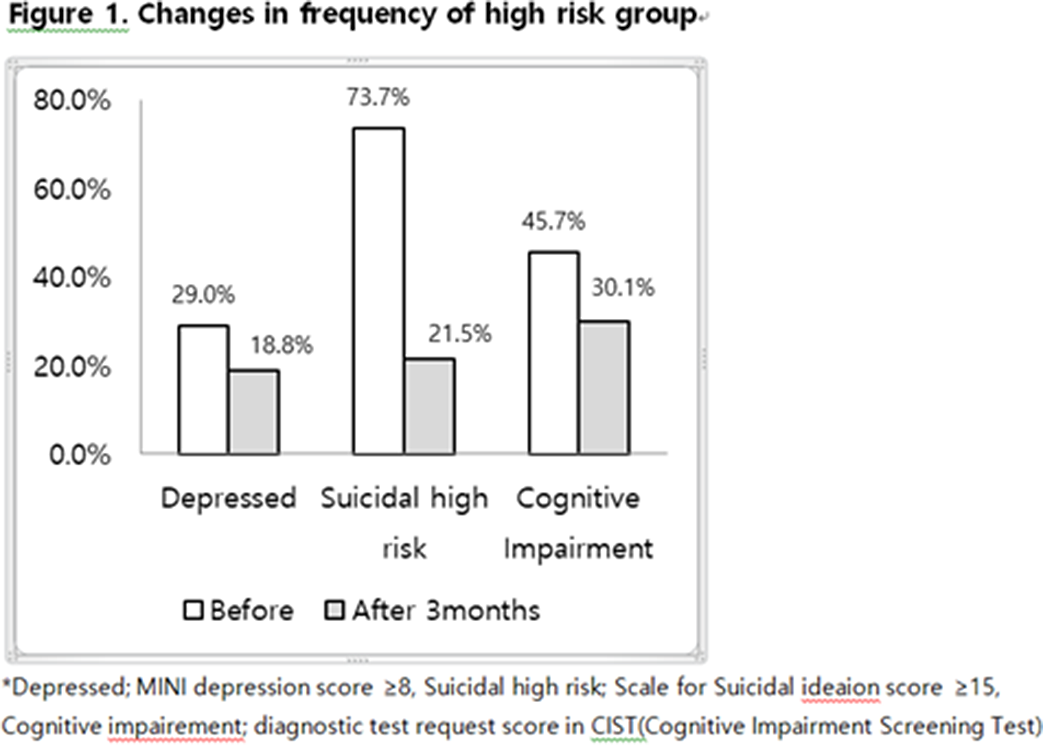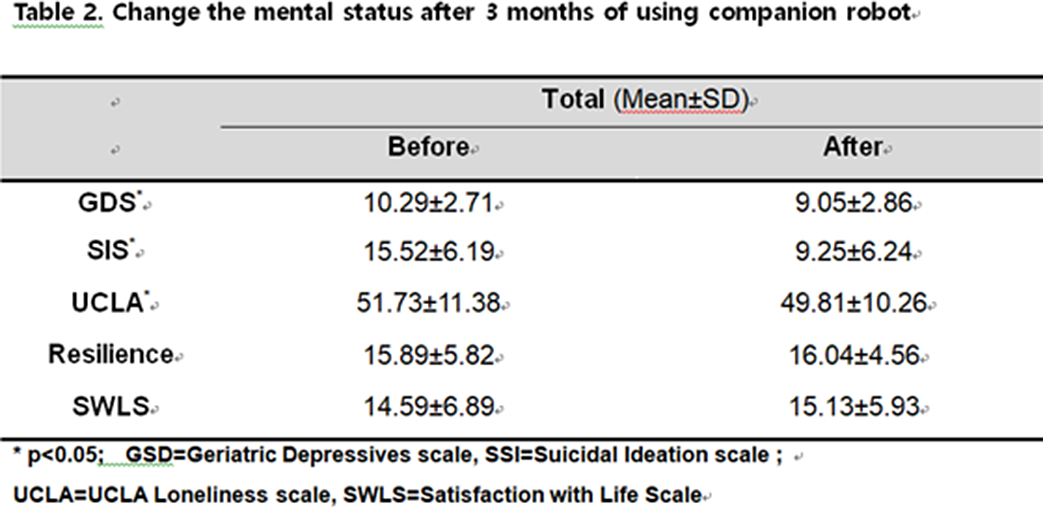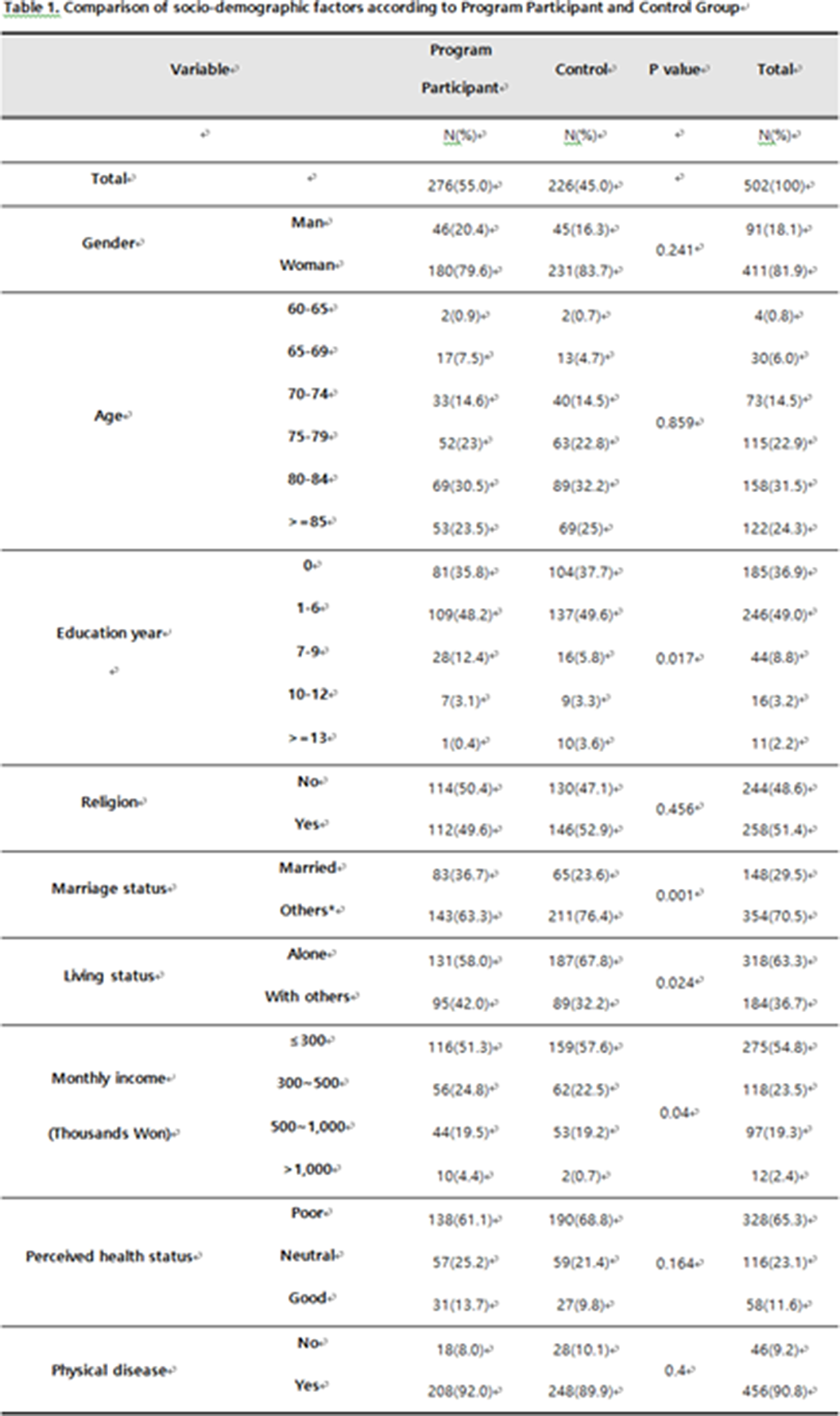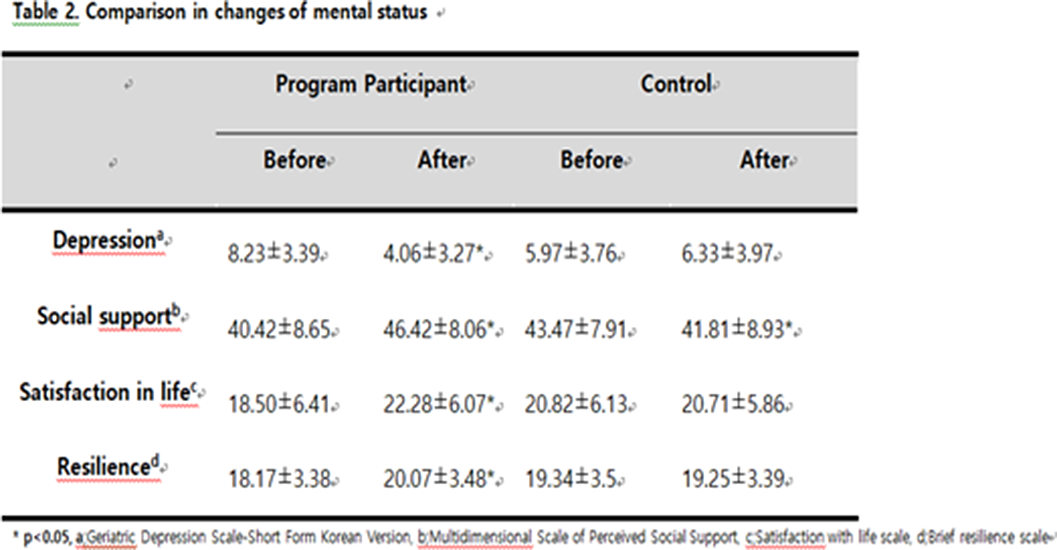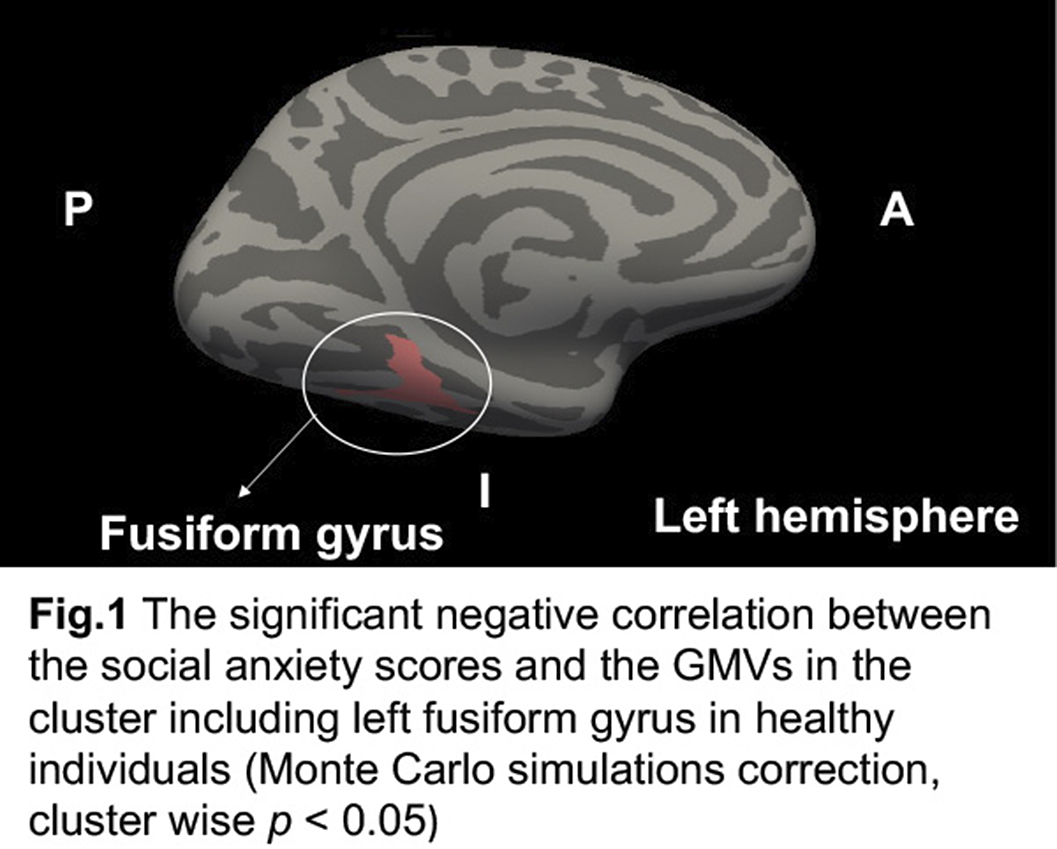796 results
P.009 Long-term comparative efficacy of inebilizumab from N-MOmentum participants versus azathioprine and immunosuppressants and placebo in NMOSD patients
-
- Journal:
- Canadian Journal of Neurological Sciences / Volume 51 / Issue s1 / June 2024
- Published online by Cambridge University Press:
- 24 May 2024, pp. S16-S17
-
- Article
-
- You have access
- Export citation
P.011 Efficacy and safety of ravulizumab in adults with AQP4+ NMOSD: interim analysis from the ongoing phase 3 CHAMPION-NMOSD trial
-
- Journal:
- Canadian Journal of Neurological Sciences / Volume 51 / Issue s1 / June 2024
- Published online by Cambridge University Press:
- 24 May 2024, p. S17
-
- Article
-
- You have access
- Export citation
P.010 Safety and efficacy of inebilizumab in AQP4+ NMOSD participants with history of immunosuppression treatment prior to N-MOmentum study
-
- Journal:
- Canadian Journal of Neurological Sciences / Volume 51 / Issue s1 / June 2024
- Published online by Cambridge University Press:
- 24 May 2024, p. S17
-
- Article
-
- You have access
- Export citation
B.6 Long-term risk of subsequent stroke after transient ischemic attack or minor stroke: a systematic review and meta-analysis
-
- Journal:
- Canadian Journal of Neurological Sciences / Volume 51 / Issue s1 / June 2024
- Published online by Cambridge University Press:
- 24 May 2024, p. S6
-
- Article
-
- You have access
- Export citation
Workflow and Outcome of Thrombectomy in Late Time Window: A Pooled Multicenter Analysis
-
- Journal:
- Canadian Journal of Neurological Sciences , First View
- Published online by Cambridge University Press:
- 19 April 2024, pp. 1-7
-
- Article
-
- You have access
- Open access
- HTML
- Export citation
Development of a new magnetic mirror device at the Korea Advanced Institute of Science and Technology
- Part of
-
- Journal:
- Journal of Plasma Physics / Volume 90 / Issue 2 / April 2024
- Published online by Cambridge University Press:
- 12 March 2024, 975900202
-
- Article
-
- You have access
- Open access
- HTML
- Export citation
P86: Effect of Virtual Reality on Stress Reduction and Change of Physiological Parameters Including Heart Rate Variability in People With High Stress: An Open Randomized Crossover Trial
-
- Journal:
- International Psychogeriatrics / Volume 35 / Issue S1 / December 2023
- Published online by Cambridge University Press:
- 02 February 2024, pp. 129-130
-
- Article
-
- You have access
- Export citation
Novel recruitment approaches and operational results for a statewide population Cohort for cancer research: The Healthy Oregon Project
-
- Journal:
- Journal of Clinical and Translational Science / Volume 8 / Issue 1 / 2024
- Published online by Cambridge University Press:
- 19 January 2024, e32
-
- Article
-
- You have access
- Open access
- HTML
- Export citation
Microbial reduction of Fe(III) in the Fithian and Muloorina illites: Contrasting extents and rates of bioreduction
-
- Journal:
- Clays and Clay Minerals / Volume 54 / Issue 1 / February 2006
- Published online by Cambridge University Press:
- 01 January 2024, pp. 67-79
-
- Article
- Export citation
5 The Impact of Sex and Associations With Treatment Exposures on Neurocognitive Impairment in Pediatric Cancer Survivors: A report from the Childhood Cancer Survivor Study
-
- Journal:
- Journal of the International Neuropsychological Society / Volume 29 / Issue s1 / November 2023
- Published online by Cambridge University Press:
- 21 December 2023, pp. 315-316
-
- Article
-
- You have access
- Export citation
5 Associations Between Regional Perfusion and Locus Coeruleus MRI Contrast are Moderated by Plasma Alzheimer’s Disease Biomarkers in Older Adults
-
- Journal:
- Journal of the International Neuropsychological Society / Volume 29 / Issue s1 / November 2023
- Published online by Cambridge University Press:
- 21 December 2023, pp. 610-611
-
- Article
-
- You have access
- Export citation
The impact of physical activity changes on exercise capacity and health-related quality of life in young patients with CHD: a 3-year follow-up study
-
- Journal:
- Cardiology in the Young , First View
- Published online by Cambridge University Press:
- 11 December 2023, pp. 1-8
-
- Article
- Export citation
Chapter 6 - Mobile Sensing around the Globe
- from Part II - Global Perspectives on Key Methods/Topics
-
-
- Book:
- Technology and Measurement around the Globe
- Published online:
- 08 November 2023
- Print publication:
- 09 November 2023, pp 176-210
-
- Chapter
- Export citation
The effect of intervention using an emotional recognition coaching companion robot on the elderly people with depression
-
- Journal:
- European Psychiatry / Volume 66 / Issue S1 / March 2023
- Published online by Cambridge University Press:
- 19 July 2023, pp. S79-S80
-
- Article
-
- You have access
- Open access
- Export citation
The effect of suicide prevention program for community dwelling elderly
-
- Journal:
- European Psychiatry / Volume 66 / Issue S1 / March 2023
- Published online by Cambridge University Press:
- 19 July 2023, pp. S367-S368
-
- Article
-
- You have access
- Open access
- Export citation
Self-compassion is associated with the superior longitudinal fasciculus in the mirroring network in healthy individuals
-
- Journal:
- European Psychiatry / Volume 66 / Issue S1 / March 2023
- Published online by Cambridge University Press:
- 19 July 2023, p. S550
-
- Article
-
- You have access
- Open access
- Export citation
Fusiform Gyrus is Related to Subclinical Social Anxiety in Healthy Individuals
-
- Journal:
- European Psychiatry / Volume 66 / Issue S1 / March 2023
- Published online by Cambridge University Press:
- 19 July 2023, p. S189
-
- Article
-
- You have access
- Open access
- Export citation
Challenges and Factors Affecting Child, Adolescents, Young Adults, and Their Parents in Returning to School After Remote Learning in COVID Pandemic
-
- Journal:
- European Psychiatry / Volume 66 / Issue S1 / March 2023
- Published online by Cambridge University Press:
- 19 July 2023, pp. S406-S407
-
- Article
-
- You have access
- Open access
- Export citation
Is Social Media Causing Anorexia? A Case Report on Kpop and Cultural Awareness
-
- Journal:
- European Psychiatry / Volume 66 / Issue S1 / March 2023
- Published online by Cambridge University Press:
- 19 July 2023, pp. S819-S820
-
- Article
-
- You have access
- Open access
- Export citation
Yoga as an Adjunct Treatment for Attention Deficit Hyperactivity Disorder (ADHD)
-
- Journal:
- European Psychiatry / Volume 66 / Issue S1 / March 2023
- Published online by Cambridge University Press:
- 19 July 2023, p. S727
-
- Article
-
- You have access
- Open access
- Export citation



